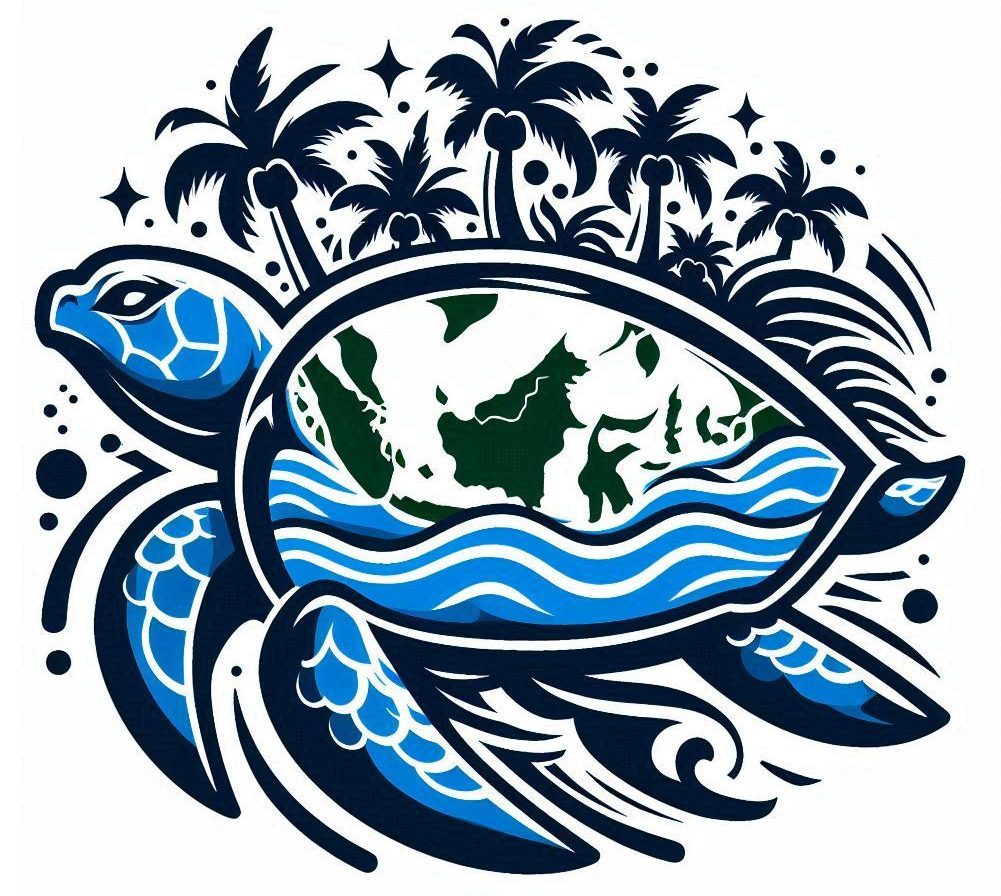Indonesia’s rich biodiversity extends beyond its lush rainforests and vibrant coral reefs to include its diverse population of sea turtles. These ancient mariners, known for their majestic presence in the ocean, play a vital role in maintaining the health of marine ecosystems. However, sea turtles face numerous threats, including habitat destruction, pollution, poaching, and climate change. As stewards of our planet, it is our responsibility to take action to protect these remarkable creatures and ensure their survival for generations to come.
1. Marine Protected Areas (MPAs):
Sea turtles are not only emblematic of our oceans but also serve as key indicators of marine ecosystem health. As they navigate vast oceanic expanses, they help maintain the balance of marine food webs by feeding on jellyfish, sea grass, and other marine organisms. Furthermore, their nesting activities contribute to the nutrient cycling of coastal ecosystems, promoting the health of beaches and dunes.
2. Challenges Facing Indonesia’s Sea Turtles
Despite their ecological significance, Indonesia’s sea turtles are facing unprecedented challenges. Coastal development, pollution from plastic debris, and climate change-induced impacts such as rising temperatures and sea level rise are all taking their toll on these ancient reptiles. Additionally, illegal poaching for their meat, shells, and eggs remains a significant threat, driven by demand in local markets and international trade.
3. Taking Action to Protect Sea Turtles
Fortunately, there are several ways individuals, communities, and governments can contribute to the protection of Indonesia’s sea turtles:
-
- Supporting Conservation Efforts: Organizations dedicated to sea turtle conservation, such as local NGOs and government agencies, play a crucial role in safeguarding these species. Supporting their efforts through donations, volunteering, or spreading awareness can make a significant difference.
- Promoting Sustainable Tourism: Coastal tourism can either benefit or harm sea turtles depending on how it’s managed. Encouraging responsible tourism practices, such as avoiding disturbing nesting sites and refraining from purchasing products made from turtle parts, can help minimize negative impacts.
- Reducing Plastic Pollution: Plastic pollution poses a grave threat to sea turtles, often leading to ingestion or entanglement. By reducing single-use plastics, properly disposing of waste, and participating in beach clean-up initiatives, individuals can help mitigate this threat.
- Combatting Illegal Trade: Law enforcement efforts are essential in combatting the illegal trade of sea turtles and their products. Supporting stricter regulations, reporting suspicious activities, and advocating for stronger enforcement measures can help deter poaching and trafficking.
- Promoting Climate Resilience: Addressing climate change is critical for the long-term survival of sea turtles and their habitats. Supporting initiatives aimed at reducing greenhouse gas emissions, protecting coastal ecosystems, and promoting climate resilience can help mitigate the impacts of climate change on sea turtles.
